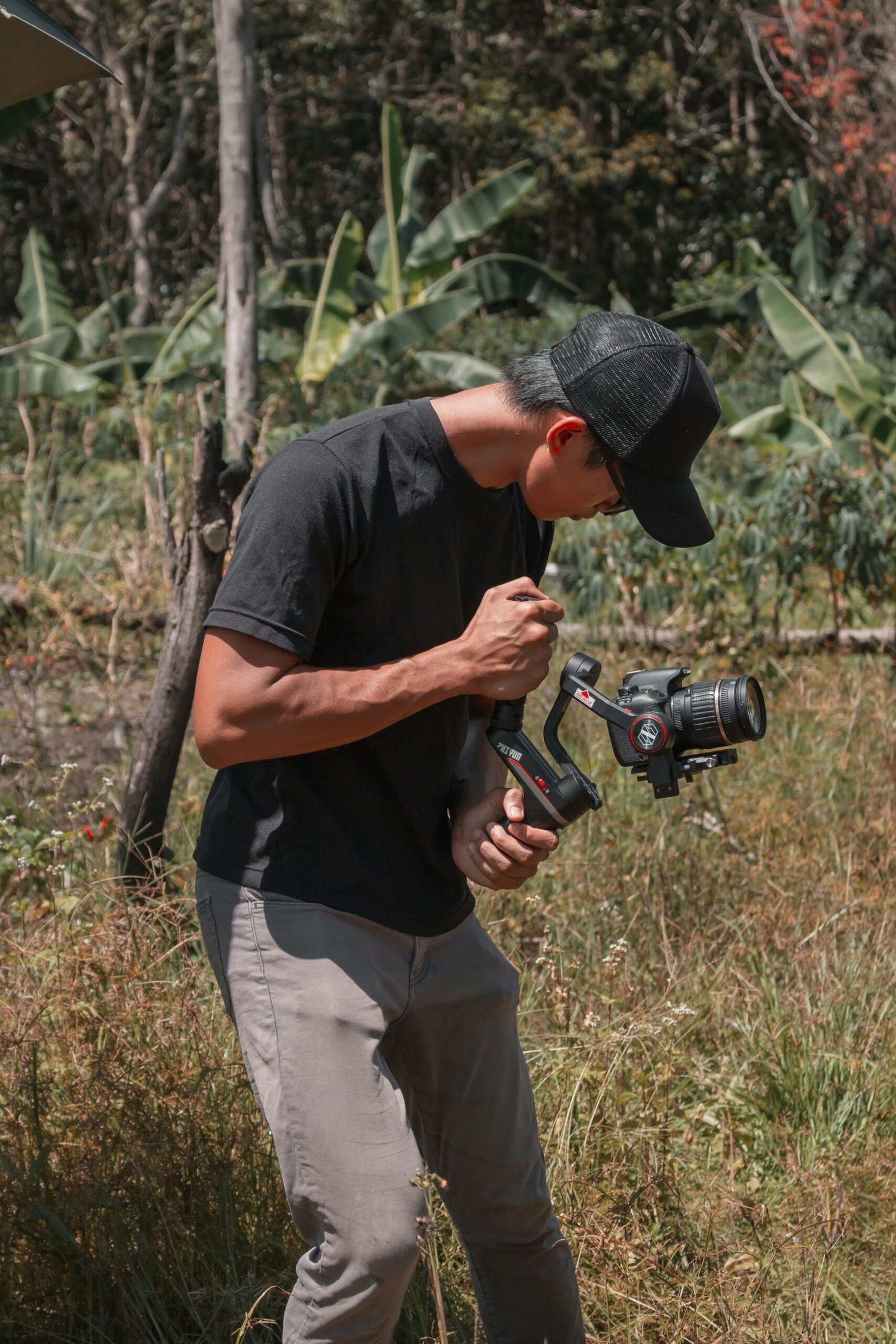Natural Light Photography
Photography, at its heart, is the art of capturing light. In 2024, one of the most compelling trends is the embrace of natural light. This trend isn’t just about avoiding artificial lighting; it’s about harnessing the natural world to add depth, warmth, and authenticity to your images. Whether you’re a seasoned professional or an enthusiastic amateur, here’s why and how you should incorporate natural light into your photography practice.
The Allure of Natural Light
Natural light has an unparalleled quality that artificial lighting often struggles to replicate. It can be soft and diffused or bright and direct, offering a wide range of moods and effects. This variability can transform a simple scene into something extraordinary. Here are a few reasons why natural light is a powerful tool in your photographic arsenal:
- Warmth and Authenticity: Natural light adds a touch of warmth and a sense of realism to your photos. It captures the true essence of a moment without the sometimes harsh or unnatural feel of studio lights.
- Versatility: From the soft, golden hues of the “golden hour” to the dramatic contrasts of midday sun, natural light offers a diverse palette for photographers. Each time of day brings a unique quality of light, allowing for creative expression in various settings.
- Cost-Effective: Utilizing natural light is budget-friendly. There’s no need for expensive lighting equipment; you just need to understand how to work with the light available to you.

Techniques for Using Natural Light
Maximizing the potential of natural light requires some understanding and practice. Here are some tips to help you harness its power effectively:
- Golden Hour Magic: The golden hour, which occurs shortly after sunrise and before sunset, is renowned for its warm, soft light. This time of day is perfect for portrait and landscape photography, providing a flattering glow that enhances subjects and scenery alike.
- Window Light: For indoor shoots, use window light to your advantage. Position your subject near a window to capture soft, diffused light that can create beautiful shadows and highlights. Adjust your angles to control the intensity and direction of the light.
- Reflectors and Diffusers: To control and manipulate natural light, use reflectors and diffusers. Reflectors can bounce light onto your subject, filling in shadows and adding a catchlight in the eyes. Diffusers soften harsh sunlight, providing a more even and gentle illumination.
- Backlighting: Experiment with backlighting, where the light source is behind your subject. This technique can create stunning silhouettes and halos, adding a dramatic and ethereal quality to your photos.

Editing for Natural Light Photography
Post-processing can enhance the natural light in your images, but the key is to keep it minimal. Here are some editing tips:
- Adjust Exposure: Fine-tune the exposure to ensure that your image is neither too dark nor too bright. This adjustment helps maintain the natural look of the photo.
- Enhance Colors: Slightly enhance the colors to bring out the warmth and vibrancy of the natural light. Avoid over-saturating the image, which can make it look artificial.
- Maintain Shadows and Highlights: Preserve the details in the shadows and highlights to keep the natural depth and contrast. Use tools like the shadow and highlight sliders in your editing software to achieve this balance.
- Minimal Filters: Avoid heavy filters that alter the natural appearance of your photo. Instead, opt for subtle adjustments that highlight the beauty of natural light.
Conclusion
Embracing natural light in photography is about celebrating the world as it is, with all its beautiful imperfections and variations. It’s a trend that aligns with the desire for authenticity and simplicity in a world often dominated by artificial enhancements. By mastering the use of natural light, you can create images that are not only visually stunning but also emotionally resonant and timeless.
So, grab your camera, step outside, and let the natural light guide your creative journey. Happy shooting!




